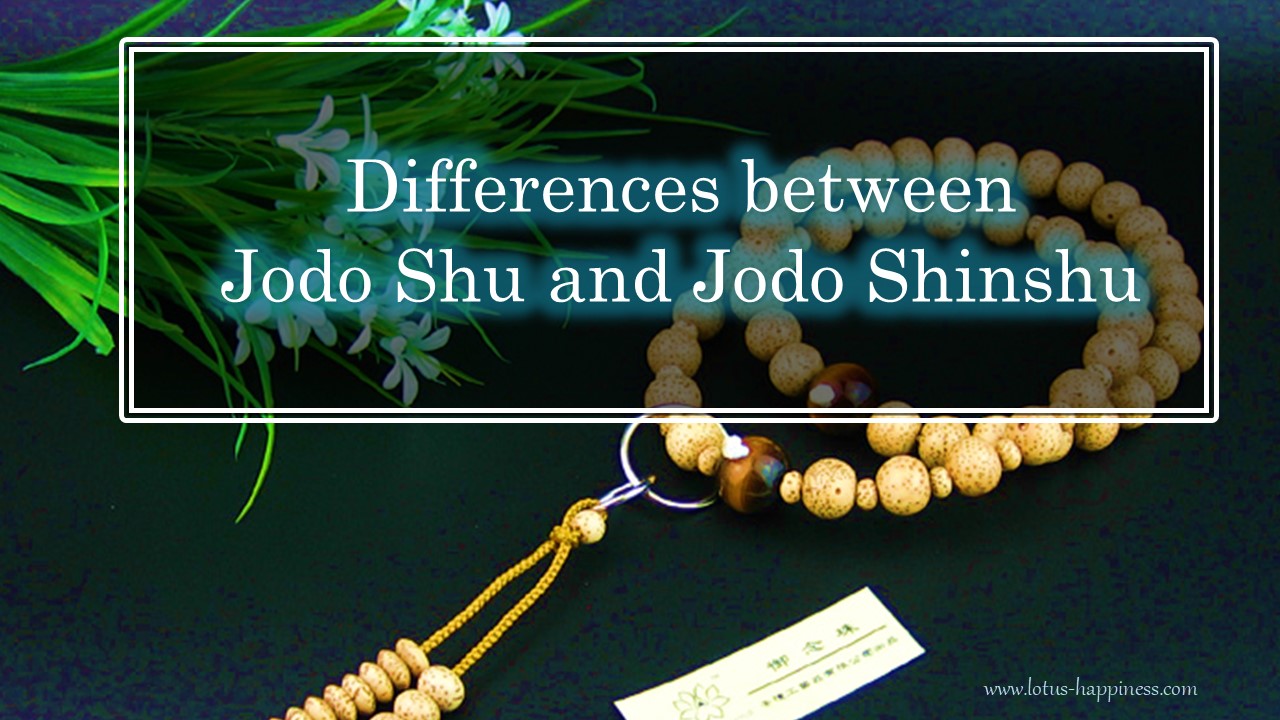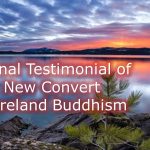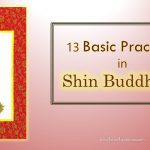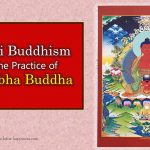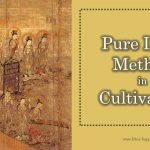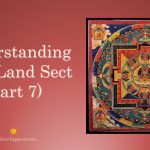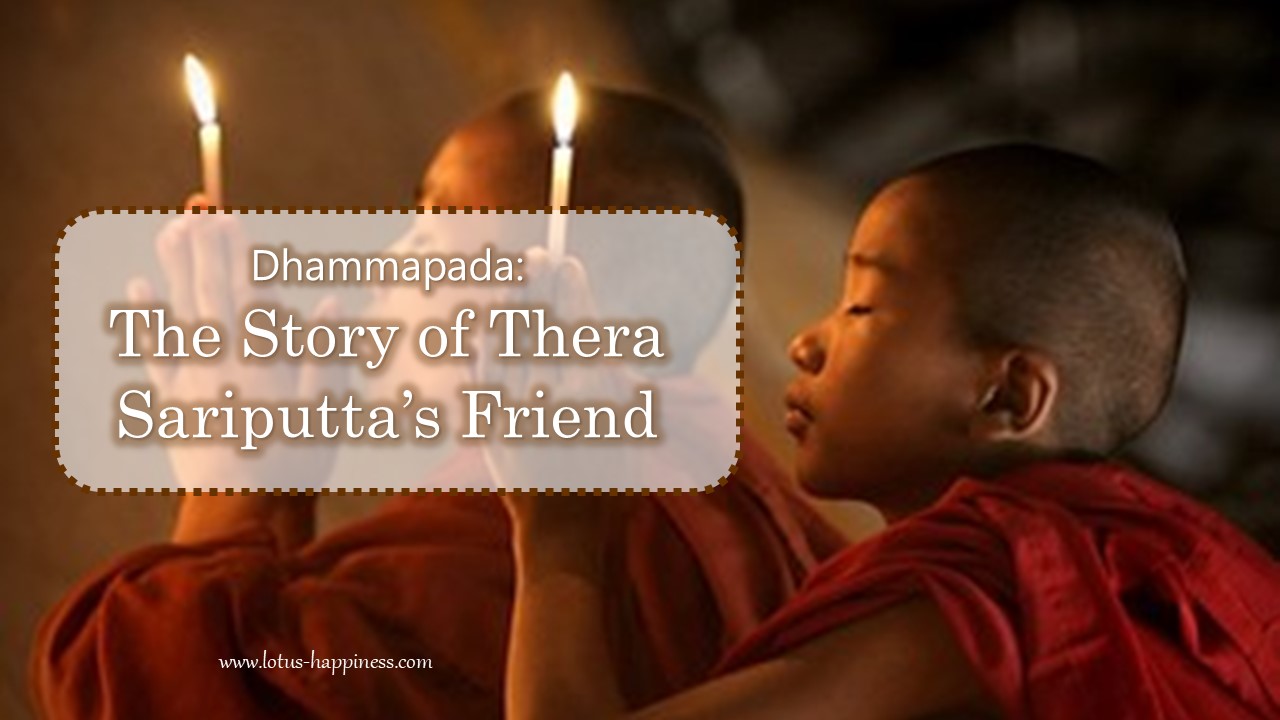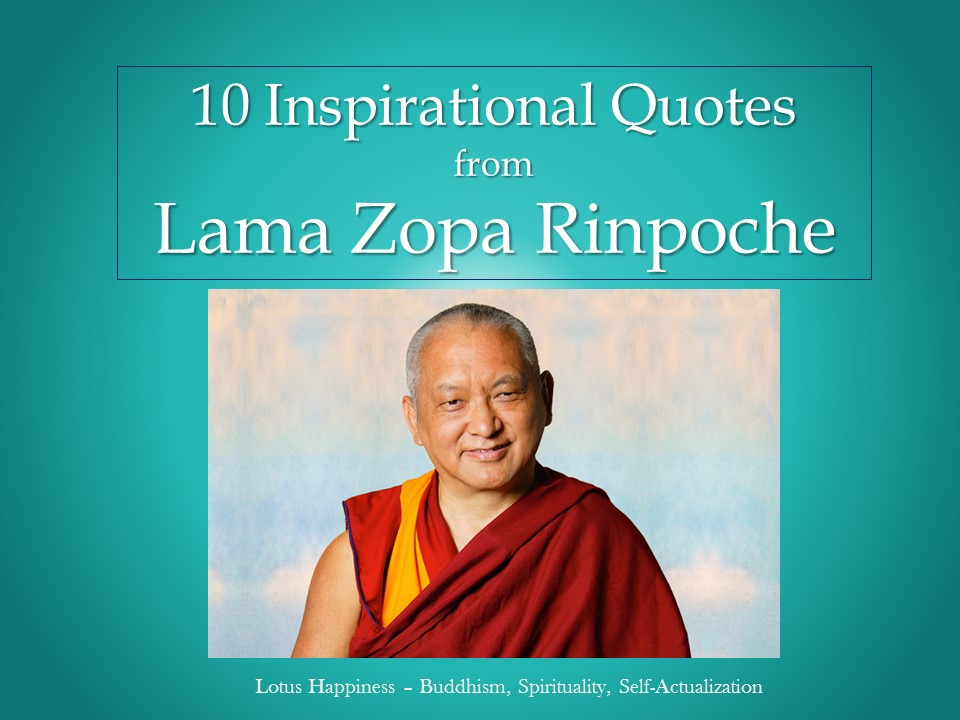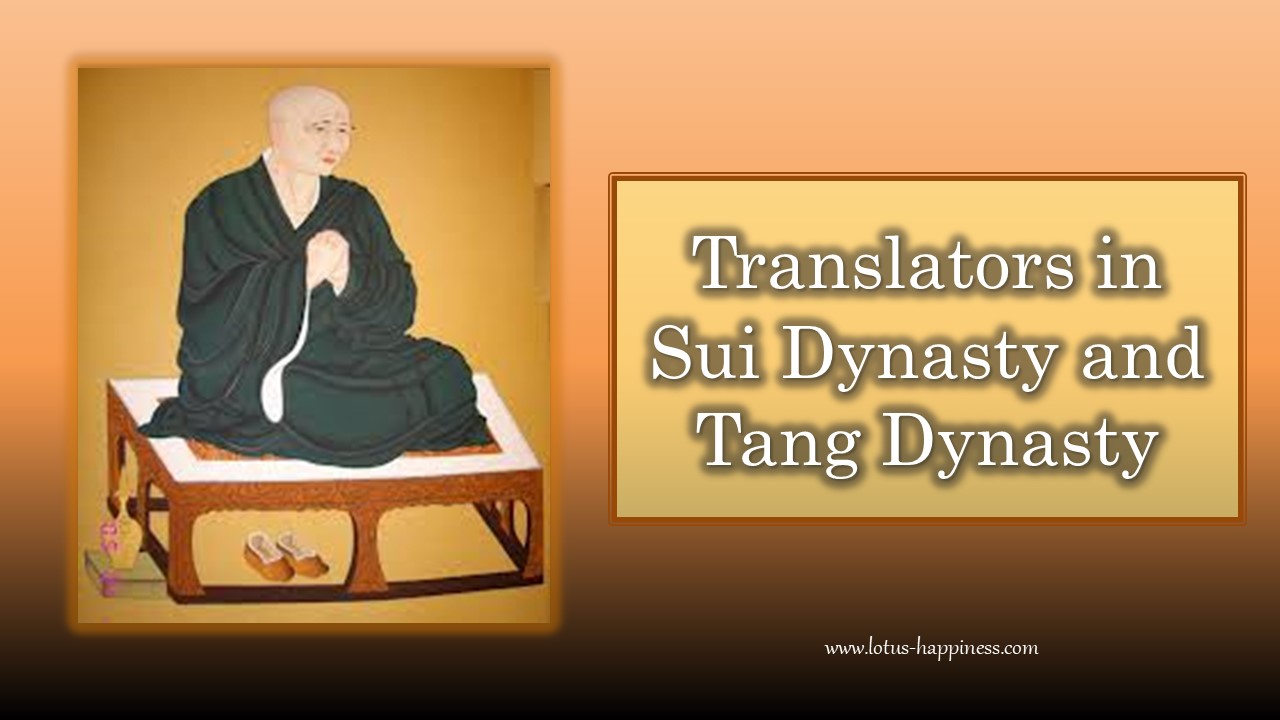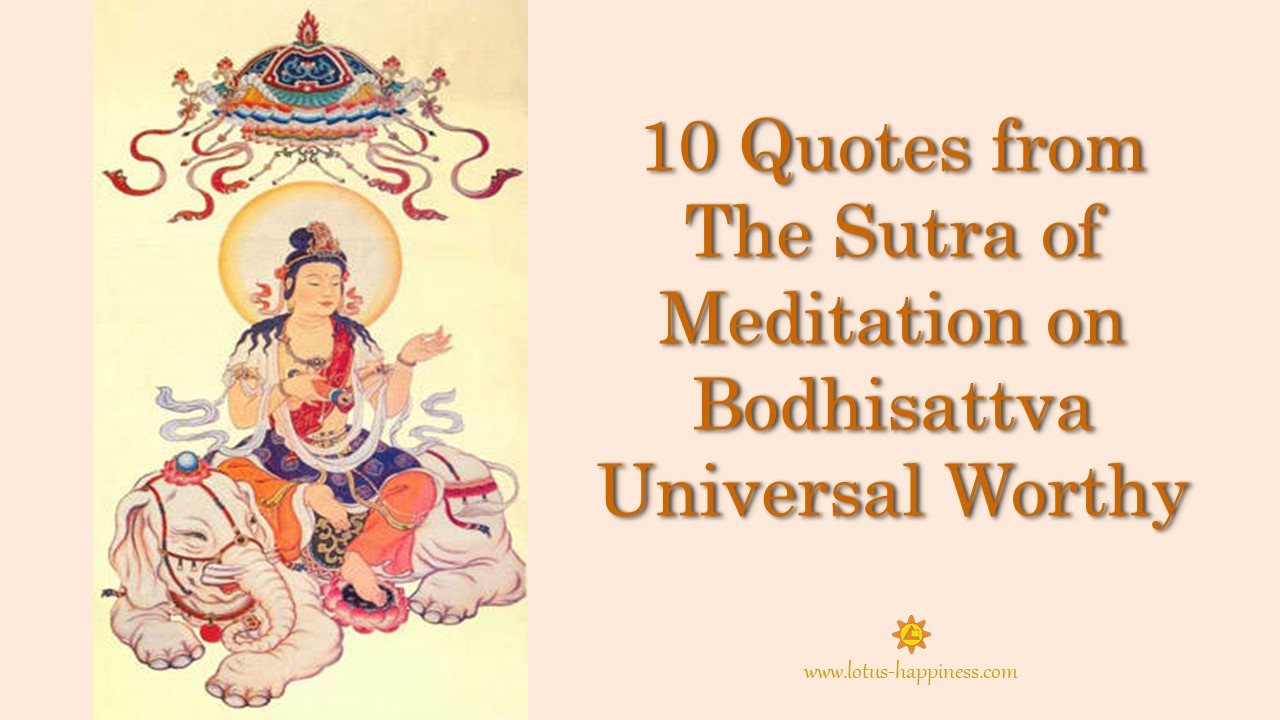Differences between Jodo Shu and Jodo Shinshu
Among the various Buddhist sects, Pure Land Buddhism is the single largest Buddhist sect practiced by most people in China and Japan. In China, it is known as the Jing Tu Zong (净土宗), in Japan, it is known as the Jodo Sect. Among the Jodo sect, there are various sub-sects such as Jodo Shu, Jodo Shinshu (Shin Buddhism), Jishu, and Yuzu Nembutsu Shu.
Jodo Shu, founded by Honen, is the conventional Pure Land sect that shares numerous similarities with Chan Buddhism in China. Jodo Shinshu, established by Honen’s most eminent disciple, Shinran, is considered the most widely practiced branch of Buddhism in Japan.
Before we delve into the differences, let us look at the similarities among the Pure Land sects as shown below:
#1 – Based on the Primal Vow, which is the 18th Vow of the Amitabha Buddha:
If, when I attain Buddhahood, sentient beings in the lands of the ten quarters who sincerely and joyfully entrust themselves to me, desire to be born in my land, and call my Name, even ten times, should not be born there, may I not attain perfect Enlightenment. Excluded, however, are those who commit the five gravest offences and abuse the right Dharma.
#2 – Purpose of the Pure Land practices is the reborn in the Pure Land in order to attain Buddhahood over there through absolute faith and steadfast chanting of Amitabha Buddha’s name, irrespective of whether one is rich or poor, intelligent or dim-witted, good or evil.
#3 – The Three Three Pure Land sutras used are:
- Longer Sukhāvatīvyūha Sūtra (Infinite Life Sutra)
- Amitayurdhyana Sutra (Contemplation Sutra)
- Shorter Sukhāvatīvyūha Sūtra (Amitabha Sutra)
What are the major differences between Jodo Shu and Jodo Shinshu? The following table is the list of differences:
| Dimensions | Jodo Shu | Jodo Shinshu |
| Founder | Honen (1133 – 1212) | Shinran (1173 – 1263) |
| Practice of Chanting Amitabha Buddha’s Name (“Namu Amida Butsu”) | Chanting the Name is the core practice.
|
Repetitive chanting is not the core practice. All it takes is just one recitation with absolute faith.
|
| Counting the number of chanting | Counting the number of repetition is important.
|
Counting the number of repetition is irrelevant.
One chanting is all it takes.
|
| Importance of Faith | The action of chanting itself is an expression of faith. | Heartfelt gratitude, rather than chanting, is an expression of faith.
So long as absolute faith is securely established in one’s mind, one Nembutsu is enough to receive Amitabha’s merit and grace, and , one dwells in complete peace of mind.
|
| Philosophical Outlook | Self-Power is important. The great efforts in chanting Nembutsu until deathbed increases the probability of achieving posthumous rebirth in the Pure Land.
Even if one recites countless Nembutsu throughout one’s life, one may not be able to attain peace of mind at the time of death to assure the rebirth at Pure Land. |
Other-Power is important. By entrusting oneself in the Vow, instead of immense self-effort in repetitive chanting, is the key to salvation. Reborn in the Pure Land is a gift, or divine grace, by Amitabha Buddha.
In the name of Amitabha’s compassion, followers are peaceful and happy in Amitabha’s embracing Light.
|
| Presence or Recognition of other Bodhisattvas | Guan Yin and Jizo (Ksitigarbha) are represented | Only Amitabha Buddha |
| Master’s Written Works |
|
· |
| Others |
|
|
Other resources:
Journal of Shin Buddhism

